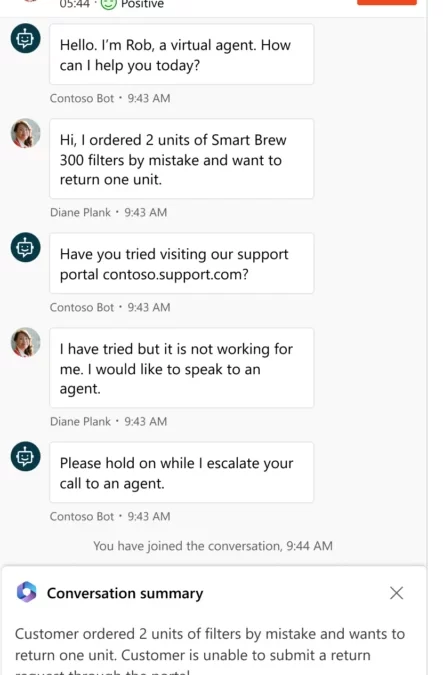
Accelerate support ramp-ups, handoffs, and wrap-ups with Copilot summarization
This article is contributed. See the original author and article here.
Support agents often have to manage complex and lengthy conversations and cases. These require a lot of time and attention to understand and resolve. Wouldn’t it be great if there was a way to quickly get the gist of what’s going on without having to read through every single message or all the information linked to a case?
Now agents can use Copilot to ramp up fast. Copilot summarization automatically generates concise and informative summaries of conversations and cases in simple, intuitive natural language. Agents can read these summaries in seconds and get up to speed on the most important details.
Conversation summarization
Conversation summarization is available for any digital messaging or voice conversation that involves a virtual agent handoff to live support, an agent consult, or conversation wrap-up notes. You can also request a conversation summary on demand at any time during the conversation.
A conversation summary will capture the key information such as the customer’s name, the issue or request, the steps taken so far, the case status, and any relevant facts or data. It will also highlight any sentiment expressed by the customer or the agent, plus action items or next steps.

Case summarization
Case summarization is available in a single click, right on the case form. It captures highlights from key case fields such as Customer, Case title, Case type, Subject, Case Description, Product, and Priority. It also considers linked timeline records such as notes, emails and conversation summaries when the conversation summary feature is enabled. Case summaries can help support agents catch up on who has worked on the case so far. They can also see what has happened in previous communications, and any issues that have been addressed to date. This information helps agents quickly determine the best next steps.
A case summary is valuable during case collaborations, transfers, and final resolutions when support agents are documenting what occurred throughout the case lifecycle. They are especially valuable in accelerating the administrative tasks surrounding multiday or long running cases.
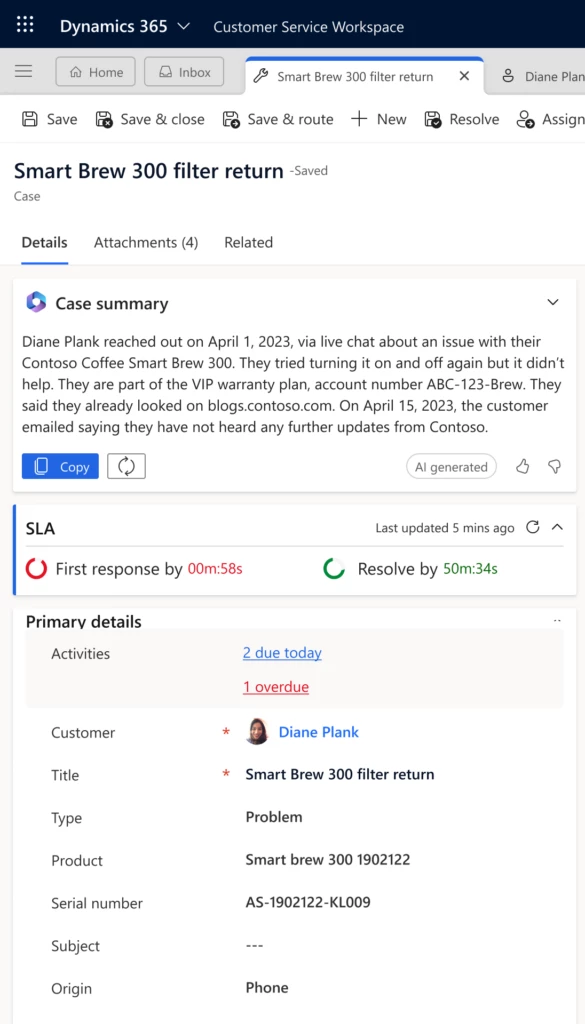
Extensibility and customization
Copilot summarization is flexible and adaptable to your organization’s needs and preferences. You can customize and extend the feature in various ways.
With conversation summary, administrators can specify which actions trigger a conversation summary in the Customer Service admin center. For example, you can enable conversation summary only for handoffs and consults, or only for conversation wrap-ups, or for all three.
With case summary, administrators can add the case summary card to any form that uses the case entity in Power Apps. This makes it easy to extend the functionality to any customized application that support teams use.
Copilot summarization is a powerful tool that can help you accelerate your support processes and improve customer satisfaction. By providing agents with quick access to the most relevant information, Copilot helps save time, reduce errors, and enhance communication. Try it today and see how it can transform your support experience.
Plan for future updates
We plan to update Copilot experiences monthly with features and enhancements. The AI models and prompts will be updated regularly behind the scenes, and you’ll see the quality of Copilot’s responses improve over time. The following features are already on our roadmap:
- Out-of-box analytics. These reports will give supervisors insight into how their agents are using Copilot and its impact on their tracked support metrics.
- SharePoint support for Copilot knowledge. Organizations who have their support content outside of Dynamics today can easily connect to a SharePoint content source.
AI solutions built responsibly
Enterprise grade data privacy at its core. Azure OpenAI offers a range of privacy features, including data encryption and secure storage. It allows users to control access to their data and provides detailed auditing and monitoring capabilities. Copilot is built on Azure OpenAI, so enterprises can rest assured that it offers the same level of data privacy and protection.
Responsible AI by design. We are committed to creating responsible AI by design. Our work is guided by a core set of principles: fairness, reliability and safety, privacy and security, inclusiveness, transparency, and accountability. We are putting those principles into practice across the company to develop and deploy AI that will have a positive impact on society.
Learn more
For more information on extending the case summary, see Configure Copilot features for custom case forms and custom apps | Microsoft Learn
The post Accelerate support ramp-ups, handoffs, and wrap-ups with Copilot summarization appeared first on Microsoft Dynamics 365 Blog.
Brought to you by Dr. Ware, Microsoft Office 365 Silver Partner, Charleston SC.

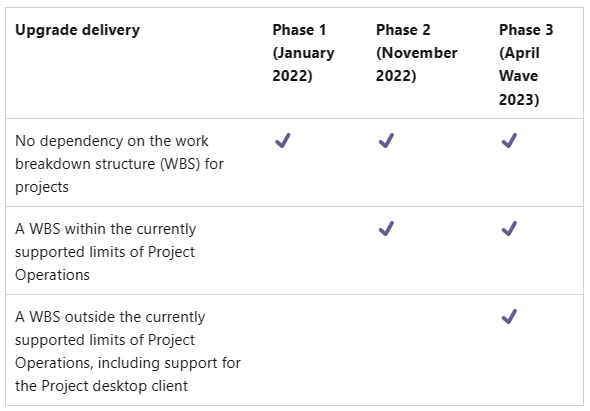
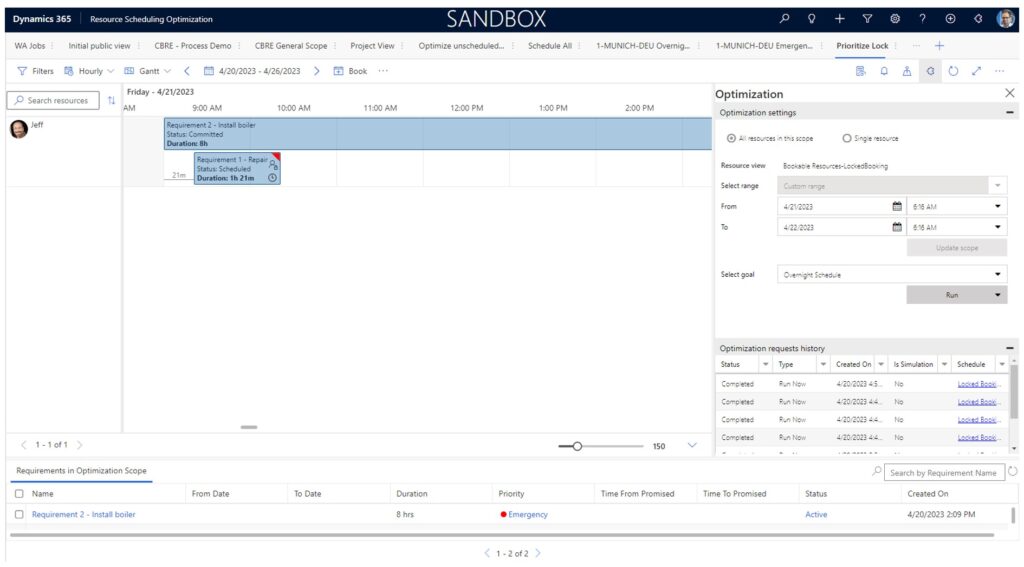
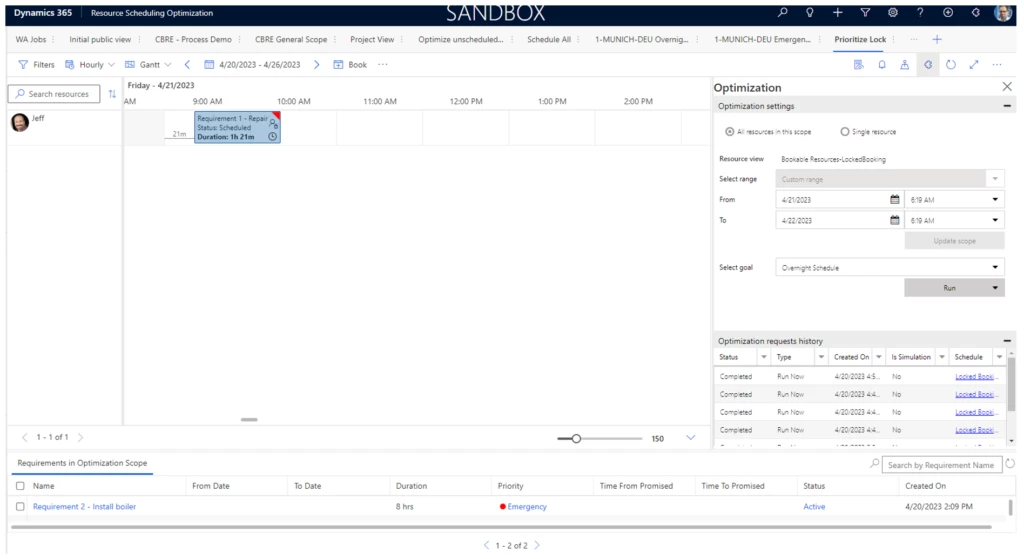

Recent Comments